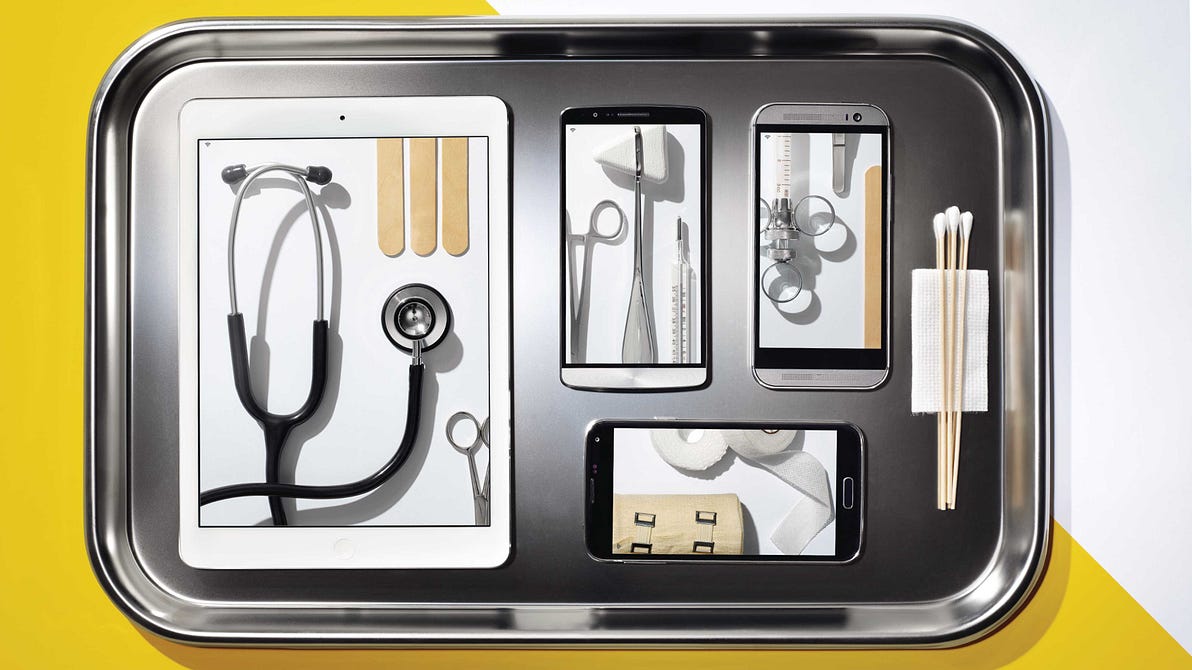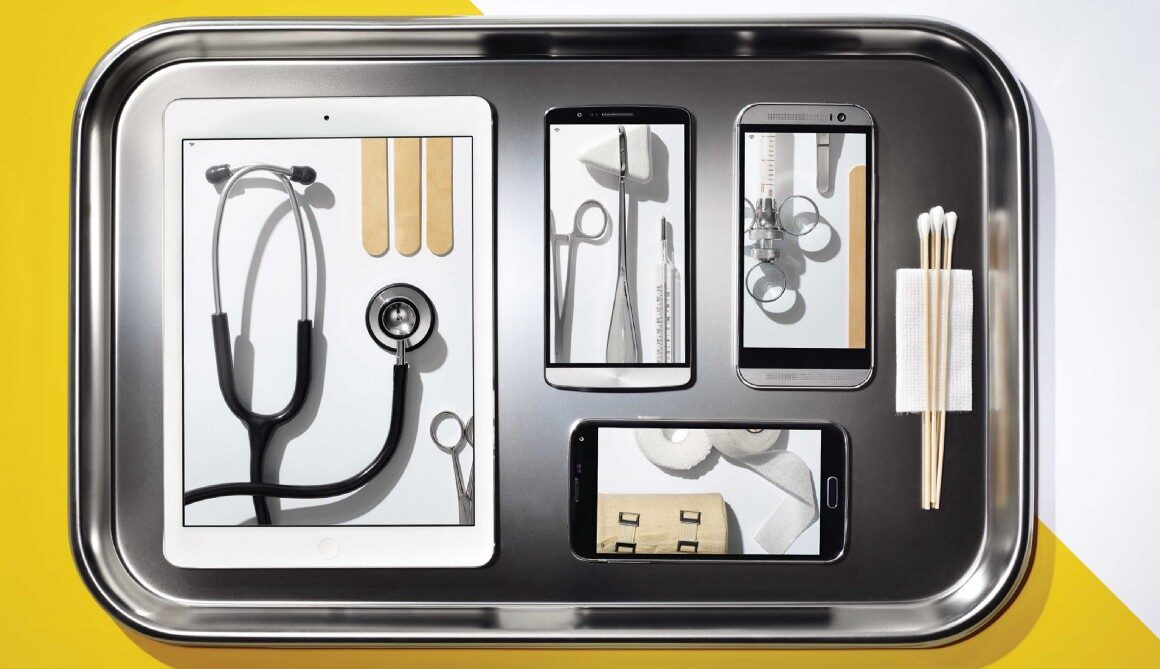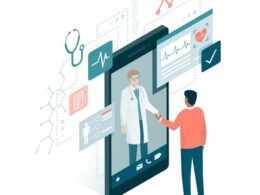This is an excerpt of the publication below, focusing on the theme above.
For the full version of the original article, please refer to the original publication.
The Telehealth Era Is Just Beginning
Harvard Business Review
by Robert Pearl, Brian Wayling
From the Magazine (May–June 2022)
Excerpt by
Joaquim Cardoso MSc
Health Revolution Institute
Telehealth Revolution Unit
April 16, 2022
What is the context?
- Contrary to what many people think, virtual health care, also known as telemedicine or telehealth, is much more than a cheap digital knockoff of in-person care.
- When used appropriately, it improves patient health, reduces costs, and makes care more equitable and accessible to anyone with a smartphone.
- Its use has soared during the Covid era — and the authors argue that providers around the world should aggressively strive to tap its full potential even after the pandemic abates.
What is the message?
In this article we take an inside look at two of telemedicine’s earliest adopters and most effective users:
- Kaiser Permanente, where one of us (Robert) was CEO; and
- Intermountain Healthcare, where the other (Brian) is an executive director of telehealth services.
For more than a decade these integrated health systems have used virtual care platforms to improve preventive medicine, care coordination, chronic disease management, and affordability for more than 13 million patients.
What are the 5 opportunities?
- Opportunity 1: Reduce Expensive and Unnecessary Trips to the ER
- Opportunity 2: Reverse America’s Chronic-Disease Crisis
- Opportunity 3: Address Disparities in Health Care
- Opportunity 4: Make Specialty Care Faster and More Efficient
- Opportunity 5: Provide Access to the Best Doctors
What is the business case?
Full implementation of five opportunities would:
- improve clinical quality nationwide by 20%,
- increase access to care by 20%, and
- reduce health care spending by 15% to 20%.

Opportunity 1: Reduce Expensive and Unnecessary Trips to the ER
“If this is a medical emergency, please hang up and dial 911 or go to the nearest emergency room.” Many Americans have heard this recorded after-hours script.
Too often it leaves sick callers and worried parents with a difficult decision: Do I drive to the ER and lose a night of sleep or chance it and wait until morning to call my doctor’s office?
Those who drive to the ER will endure a two-hour wait, on average, along with duplicative testing and wildly inflated prices.
Those who drive to the ER will endure a two-hour wait, on average, along with duplicative testing and wildly inflated prices.
ER services are 12 times as expensive as visiting a physician’s office and waste more than $32 billion each year, according to a 2019 analysis by UnitedHealth Group.
ER services are 12 times as expensive as visiting a physician’s office and waste more than $32 billion each year, according to a 2019 analysis by UnitedHealth Group.
Those patients face heightened medical risks as well. Emergency physicians often can’t access patients’ electronic health records, owing to a lack of interoperability between systems, and they don’t offer follow-up care.
Both facts can cause discontinuity in treatment and avoidable errors. Unless one is experiencing symptoms of a severe medical crisis-crushing chest pain or half-body weakness, say-the emergency room isn’t the safest place to be, especially when ERs are crowded with Covid-19 patients.
Yet many who go to the ER after hours require no emergency services. They simply have no other place to go.
Emergency physicians often can’t access patients’ electronic health records, owing to a lack of interoperability between systems, and they don’t offer follow-up care.
Yet many who go to the ER after hours require no emergency services. They simply have no other place to go.
Kaiser Permanente Case
Kaiser Permanente members in Virginia, Maryland, and Washington, DC, have a better option: They can access a 24/7 video health center that connects them with a doctor who can quickly assess the problem and offer guidance.
If the doctor determines that the problem is life-threatening, she tells the patient to go immediately to the ER, sending the relevant medical information ahead to reduce the risk of complications.
But telehealth physicians can solve the problem some 60% of the time.
And when a patient needs follow-up care, they can schedule an appointment with his personal physician and communicate relevant details ahead of the visit.
This application of virtual care not only addresses medical problems immediately and around the clock; it also prevents unnecessary ER visits that can lead to inappropriate hospital admissions and thousands of dollars in unnecessary expenses per patient.
Kaiser Permanente members in Virginia, Maryland, and Washington, DC, have a better option: They can access a 24/7 video health center that connects them with a doctor who can quickly assess the problem and offer guidance.
But telehealth physicians can solve the problem some 60% of the time.
Intermountain Case
During the pandemic Utah-based Intermountain Healthcare devised a remote patient-monitoring Covid program that combines telemedicine and home monitoring to unclog emergency rooms and free up hospital beds.
Following evaluation by a physician, patients who test positive for (or are suspected of having) Covid-19 and have non-life-threatening symptoms are given a Bluetooth pulse oximeter.
They pair the device with their smartphone and use it to measure their blood oxygen levels daily for two weeks, sending the data to a centrally located nurse care team.
If the level is low, the center contacts the patient and conducts a clinical evaluation via phone or video.
Patients deemed to remain at low risk for severe illness continue with home monitoring.
Those whose condition is severe or deteriorating are instructed to go to the ER.
In its first 14 months the program handled just over 10,000 patients and allowed Intermountain to avoid more than 1,800 hospital admissions and save almost 4,800 hospital bed-days, freeing up beds for critically ill patients.
In its first 14 months the program handled just over 10,000 patients and allowed Intermountain to avoid more than 1,800 hospital admissions and save almost 4,800 hospital bed-days, freeing up beds for critically ill patients.
If all providers in the United States had been using such a program, hundreds of thousands of hospitalizations could have been safely avoided, tens of thousands of lives might have been saved, and significant cost savings would have been realized.
If all providers in the United States had been using such a program, hundreds of thousands of hospitalizations could have been safely avoided, tens of thousands of lives might have been saved, and significant cost savings would have been realized.
If telemedicine programs like the two we’ve just described were replicated nationally and eliminated even half of avoidable ER visits, billions of dollars a year could be saved.
If telemedicine programs like the two we’ve just described were replicated nationally and eliminated even half of avoidable ER visits, billions of dollars a year could be saved.
Originally published at https://hbr.org on May 1, 2022.












